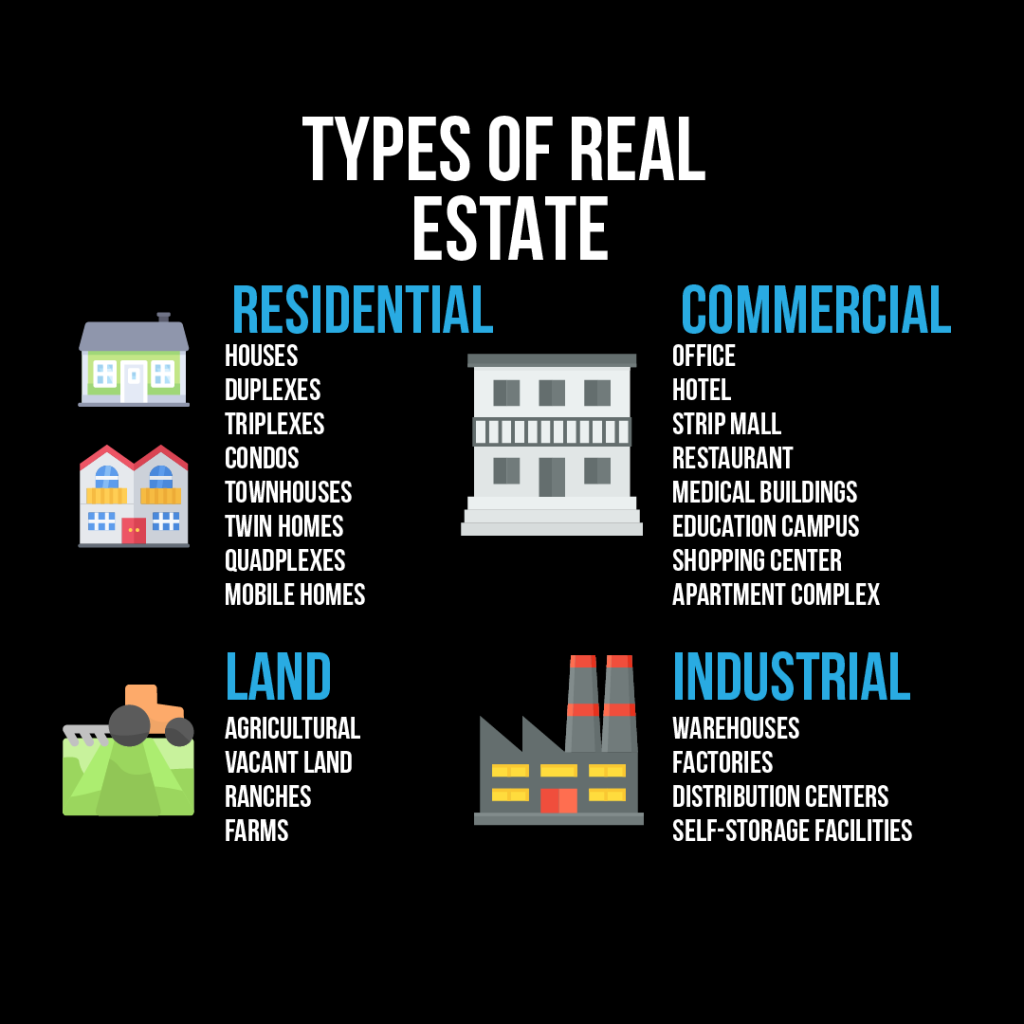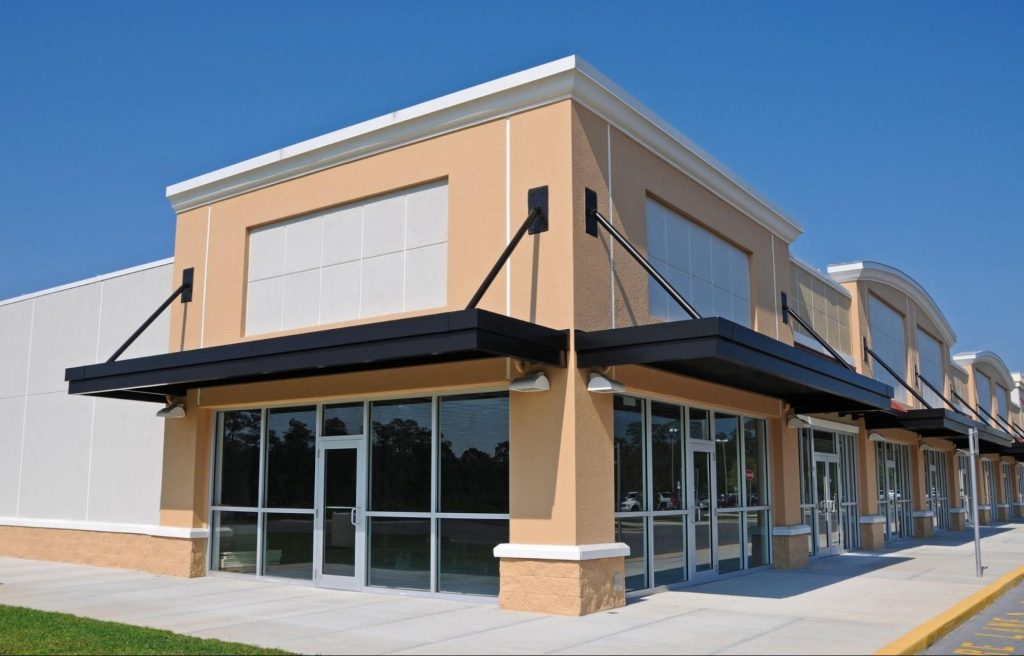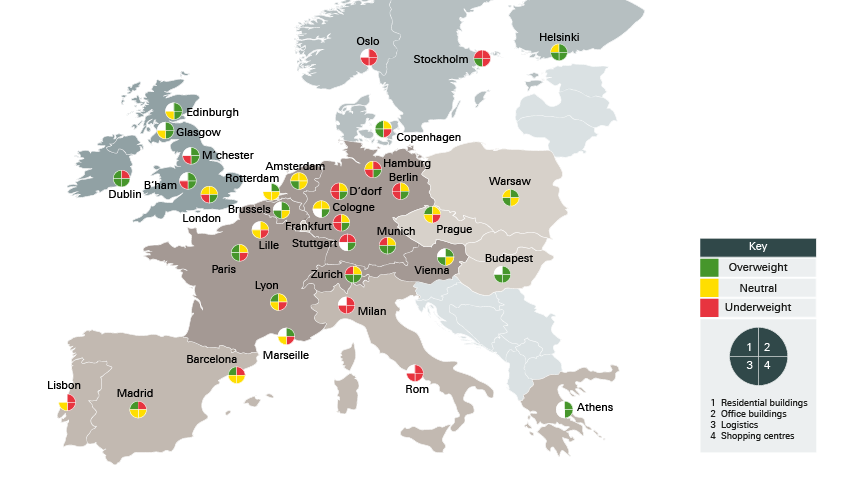2.1 Maudhui ya Ndani (Ulaya-Maalum): Aina za Uwekezaji wa Majengo barani Ulaya
Lesson Learning Objectives:
- Understand the types of real estate investments available in Europe, including residential properties for living accommodations and commercial properties for business uses.
- Learn about key trends affecting the European real estate market, such as urbanization, the impact of short-term rentals, and stringent rental control laws.
- Recognize the implications of sustainability and regulatory changes on commercial real estate, especially in light of the European Union’s Green Deal and local zoning laws.
- Explore the tax implications on both residential and commercial properties across different European countries, noting variations that can affect investment returns.
- Identify investment opportunities and challenges across major European cities, with a focus on emerging trends in logistics and the shifting landscape of retail real estate due to e-commerce.
2.1 Maudhui ya Ndani (Ulaya-Maalum): Aina za Uwekezaji wa Majengo barani Ulaya
In Europe, real estate investments are categorized into various types, with residential na commercial real estate being the two most prominent sectors. While these sectors are similar to those globally, the legal framework, demand dynamics, and investment opportunities may differ across European countries.

2.1.1 Residential Real Estate
Residential real estate refers to properties purchased for the purpose of living accommodations. In Europe, residential real estate includes everything from single-family homes and apartments to vacation homes and multi-family residential buildings.
Key Trends in Europe:
- Urbanization: European cities like Berlin, Paris, na Amsterdam have seen a surge in demand for urban housing due to rapid urbanization. This trend has led to rising property values and rental prices in major cities.
- Short-Term Rentals: Platforms like Airbnb have revolutionized residential real estate investment by allowing property owners to rent their homes to short-term visitors. However, some European cities, such as Barcelona na Amsterdam, have introduced regulations to limit the number of short-term rental properties.
- Rental Control Laws: Countries like Germany na Sweden have strict rent control policies, which can limit how much a property owner can increase rents. These regulations are aimed at keeping housing affordable but can impact profitability for investors.
Example of Residential Real Estate in Europe
An investor in Germany might purchase an apartment building in Berlin to rent out units to long-term tenants. However, due to Mietpreisbremse (Germany’s rental control laws), they would need to adhere to rules on how much rent can be charged and how frequently rent increases are allowed.
Taxation on Residential Properties in Europe
Different countries in Europe have varied tax policies regarding residential real estate. For example, France has an annual wealth tax on high-value properties, while Portugal offers tax exemptions for foreign investors under certain conditions, particularly in designated regeneration areas.
2.1.2 Commercial Real Estate
Commercial real estate includes properties used for business purposes, such as office buildings, retail spaces, warehouses, and industrial complexes. Commercial real estate in Europe is a popular investment for both local and international investors due to its potential for higher returns compared to residential properties.
Key Trends in Europe:
- Business Hubs: Cities like London, Frankfurt, na Paris serve as major financial and business centers, attracting companies and investors alike. The demand for commercial spaces in these cities is typically high, but so are property prices.
- Sustainability and Green Buildings: The European Union’s Green Deal has pushed for more energy-efficient and sustainable buildings across Europe. As a result, many new commercial developments are required to meet stringent sustainability standards, which can influence both the cost and the long-term value of a property.
- Brexit Impact: Since the United Kingdom’s exit from the European Union, there has been some shift in commercial real estate demand from London to other EU cities like Frankfurt na Amsterdam as businesses seek to maintain their presence within the EU’s economic zone.
Example of Commercial Real Estate in Europe
An investor might purchase office space in Paris, which serves as a global business hub for companies in various sectors. As an investor, they would benefit from long-term rental agreements with corporate tenants but would need to consider compliance with EU sustainability regulations and local zoning laws.
Taxation on Commercial Properties in Europe
Commercial real estate often incurs higher taxes than residential properties. For instance, in Italy, investors are subject to IMU (municipal property tax), which is higher for non-residential properties. In Ireland, corporate tax incentives may be available for foreign investors purchasing large-scale commercial developments.
Kielelezo: Overview of Real Estate Investment Opportunities Across European Cities
Maelezo:
This map visualizes the real estate market outlook across major European cities, categorized into four asset classes: residential buildings, office buildings, logistics, and shopping centers. The market performance is depicted using three indicators: Overweight (green), Neutral (yellow), na Underweight (red).
Mambo muhimu ya kuchukua:
- Cities like Copenhagen, Zurich, and Helsinki show strong performance in logistics and residential sectors, marked as overweight.
- Southern European cities such as Lisbon and Rome exhibit underweight trends, reflecting weaker market conditions, particularly in shopping centers.
- Core markets like London, Frankfurt, and Paris present mixed opportunities, with neutral positions in some sectors and underweight or overweight trends in others.
- Logistics consistently emerges as a high-performing sector across many cities, driven by increased demand from e-commerce.
- Shopping centers are underperforming in several locations, indicating challenges in the retail real estate market.
Application of Information:
This map is essential for real estate investors and asset managers looking to identify geographically diverse opportunities across Europe. By analyzing sector-specific trends, stakeholders can optimize portfolio allocation and align investments with market strengths. Urban planners and policymakers may also leverage this data to address infrastructure gaps and economic development strategies in underperforming regions.
Habari Muhimu ya Somo:
- Residential and commercial real estate are the main sectors in Europe, each offering different opportunities and challenges based on local market conditions.
- Urbanization and short-term rental platforms like Airbnb have significantly influenced residential markets, while regulations such as rental control laws can impact profitability.
- Commercial real estate benefits from the presence of business hubs but must adapt to new demands for sustainability, which can affect both cost and value.
- Tax policies vary widely across Europe, with specific incentives for foreign investors and different rates for residential versus commercial properties.
- Sector-specific performance varies by city, with logistics showing strength across many areas due to the rise of e-commerce, while retail spaces may face challenges.
Taarifa ya Kufunga:
Investing in European real estate requires an understanding of the distinct types of properties available and the specific market conditions that influence investment decisions. By navigating the complexities of local regulations, tax policies, and economic trends, investors can effectively leverage opportunities for growth and sustainability in their real estate portfolios.



